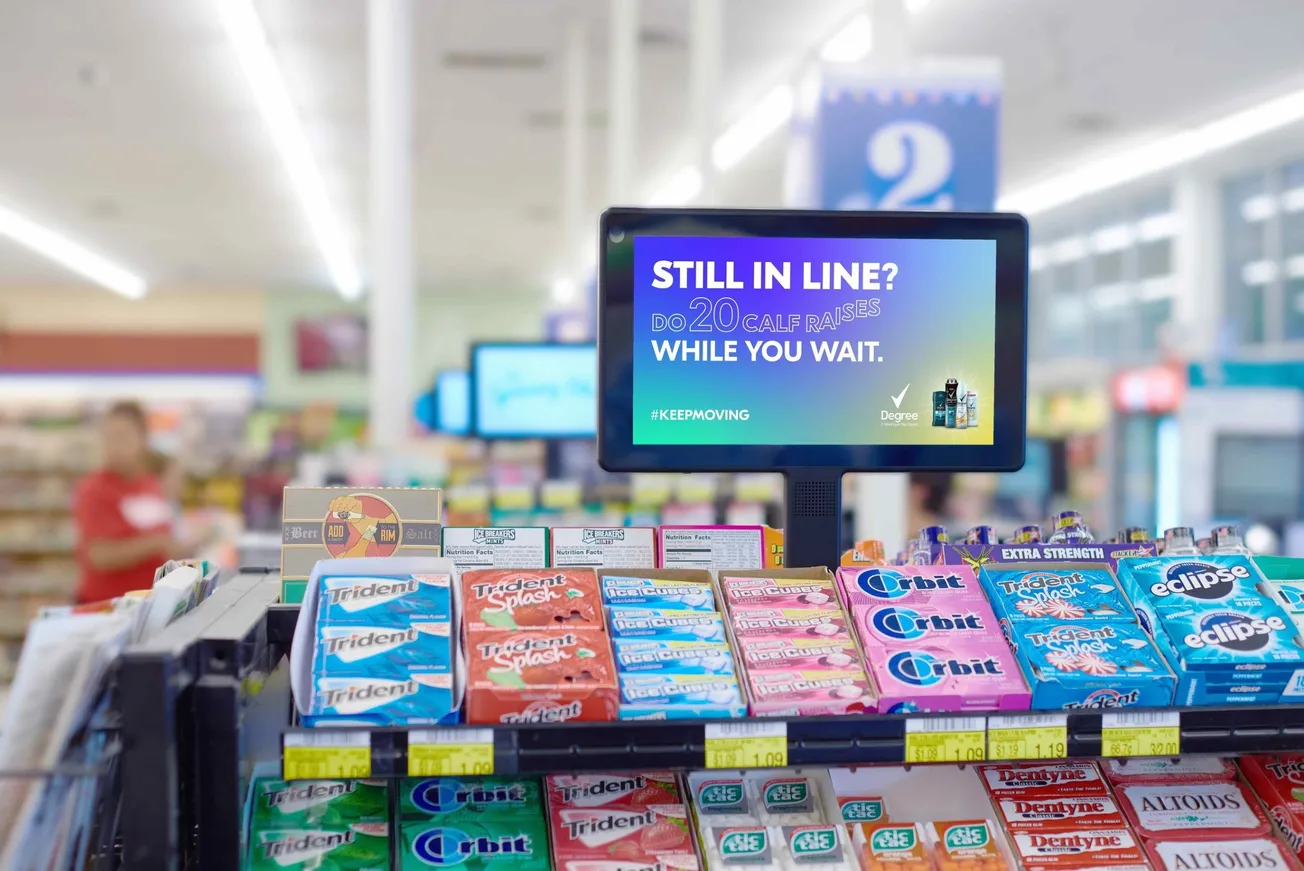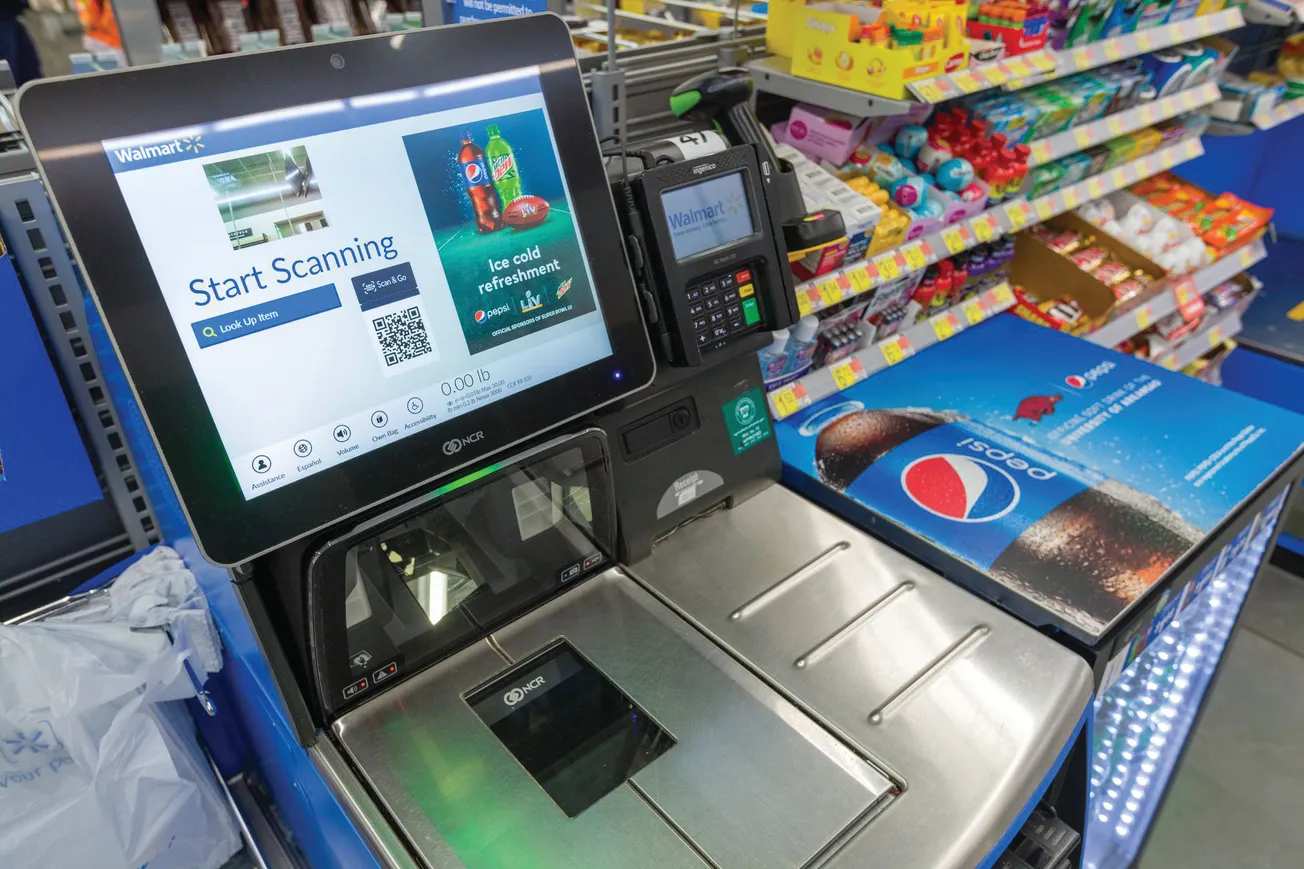Let’s first get this straight — retail media networks (RMNs) aren’t new. They have been around for several years. But, like other aspects of the digital advertising ecosystem, they reappeared as consumers disappeared into their homes amid the COVID-19 pandemic. We first saw the potential of RMNs with Amazon’s success, which was quickly followed by other major retailers like Walmart, Target and Kroger. With first-party data tied to online purchases, RMNs became all the rage in hopes to reach consumers at home.

Darrick Li
Today, the industry is still buzzing about RMNs — and it makes sense. They’ve proven successful, and RMN revenue is now expected to hit $52 billion this year as brands look for ways to connect with shoppers in our hybrid world. And as traditionally adtech-less companies scramble to develop their own RMNs, one vertical in particular is incredibly well suited to do so — drug stores.
Loyalty is prescribed
Unlike typical advertisers and retailers, consumer loyalty is less of a concern for drug and pharma stores. Where a consumer might typically deliberate over the myriad beauty products, snacks, electronics and beverages, the products consumers purchase are essential to their health and well-being. And, for some products in particular, they’re prescribed by health care professionals — sometimes down to the brand label.
In fact, in 2022, CVS and Walgreens both ranked within the top five most trusted retail brands, according to Morning Consult, with each retaining high levels of trust long before the COVID-19 pandemic overtook the nation. Worth noting, health care was the third-most-trusted industry by consumers — well ahead of auto, tech and even retail.
With this loyalty, of course, comes unique consumer insights — providing quite an attractive selling proposition for pharma and drug stores as privacy regulations and audience targeting continue to become more complex.
Data — they have it
Today, RMNs like Target and Walmart utilize first-party data like point-of-sale and past purchases to help marketers target their audiences with relevant, personalized ads to drive engagement and sales.
Retail pharmacy stores have a similar opportunity. Think about the last CVS receipt you received — it was filled with offers personalized to your shopping behavior. So this means not only is the same data available for these stores — but the additional consumer insights they have paint a even deeper picture. With unique consumer health and wellness insights, advertisers using a retail media network from a pharmacy store can better tailor their campaigns and messaging to produce even more personalized experiences — all while ensuring they’re reaching the right audiences.
Advertisers are spending
While traditionally limited retail stores begin to invest in alternative media types, pharmacies and drug stores have many opportunities to engage with consumers with their complex media mixes including OOH (out-of-home) screens, end-caps and more — and in January of this year, Walgreens expanded its partnership with Cooler Screens to do just that. With the ability to target consumers in-store, including on their way to check out, retail pharmacy advertisers have the opportunity to reach consumers even closer to the final point of sale — and with retail media infrastructure it can be even more personalized.
As enhanced advertising formats continue to take hold in other verticals within the digital advertising industry, pharma and drug stores are well positioned to adapt — offering advertisers engagement, insights and, ultimately, sales. Not only do pharma and drug stores have a leg up in terms of media types — brands are spending more and more to advertise on them, too.
According to our latest pharma data, pharmaceutical brands spent more than half (52.6%) of their ad spending budgets on digital placements in 2022 — and total pharma-related ad spend increased by 4%.
It’s clear that drug and pharma stores have a unique advantage here. And with the right partners and strategies, they’ll be the next big thing in retail media.
Darrick Li is vice president of sales for North America media owners at Standard Media Index.









